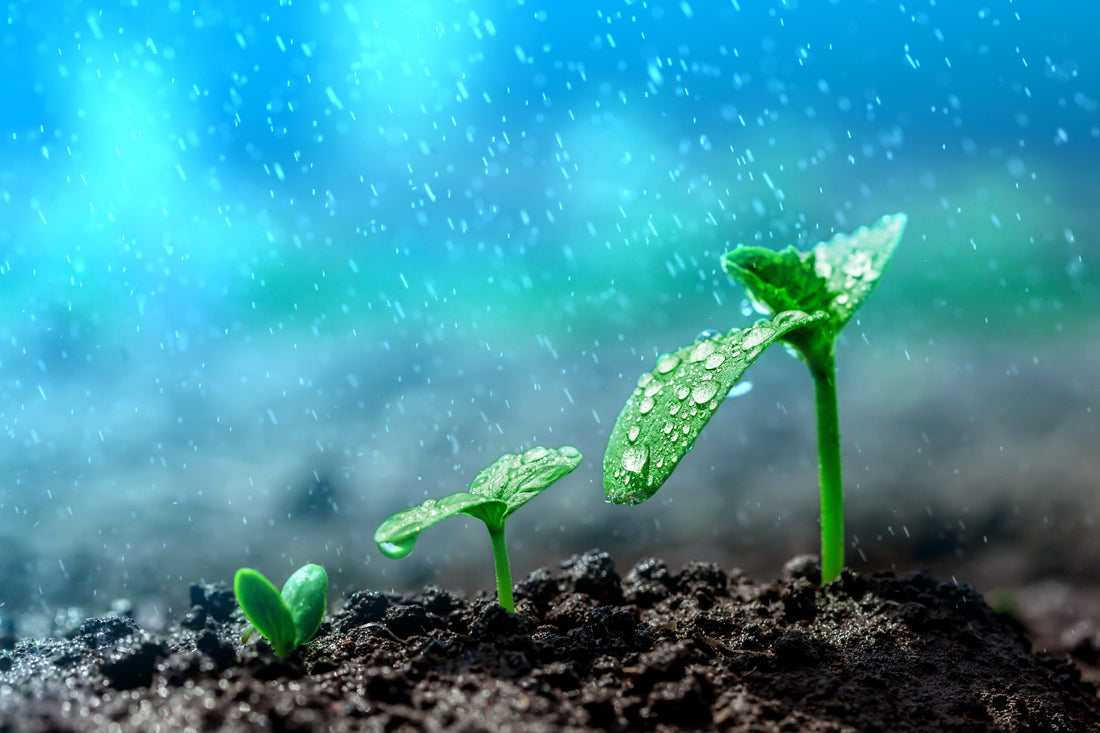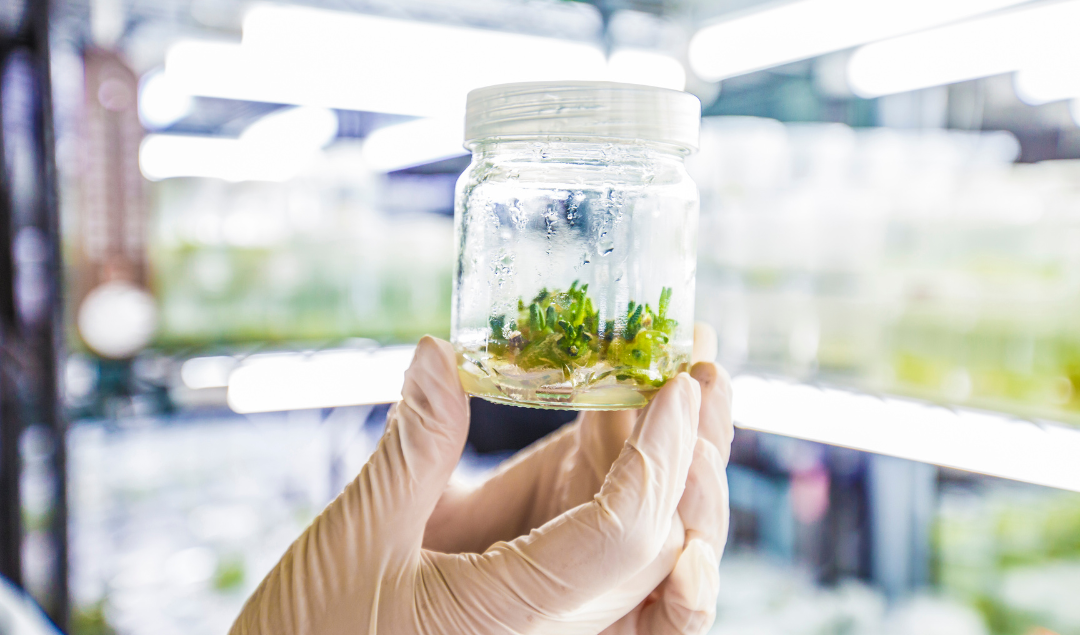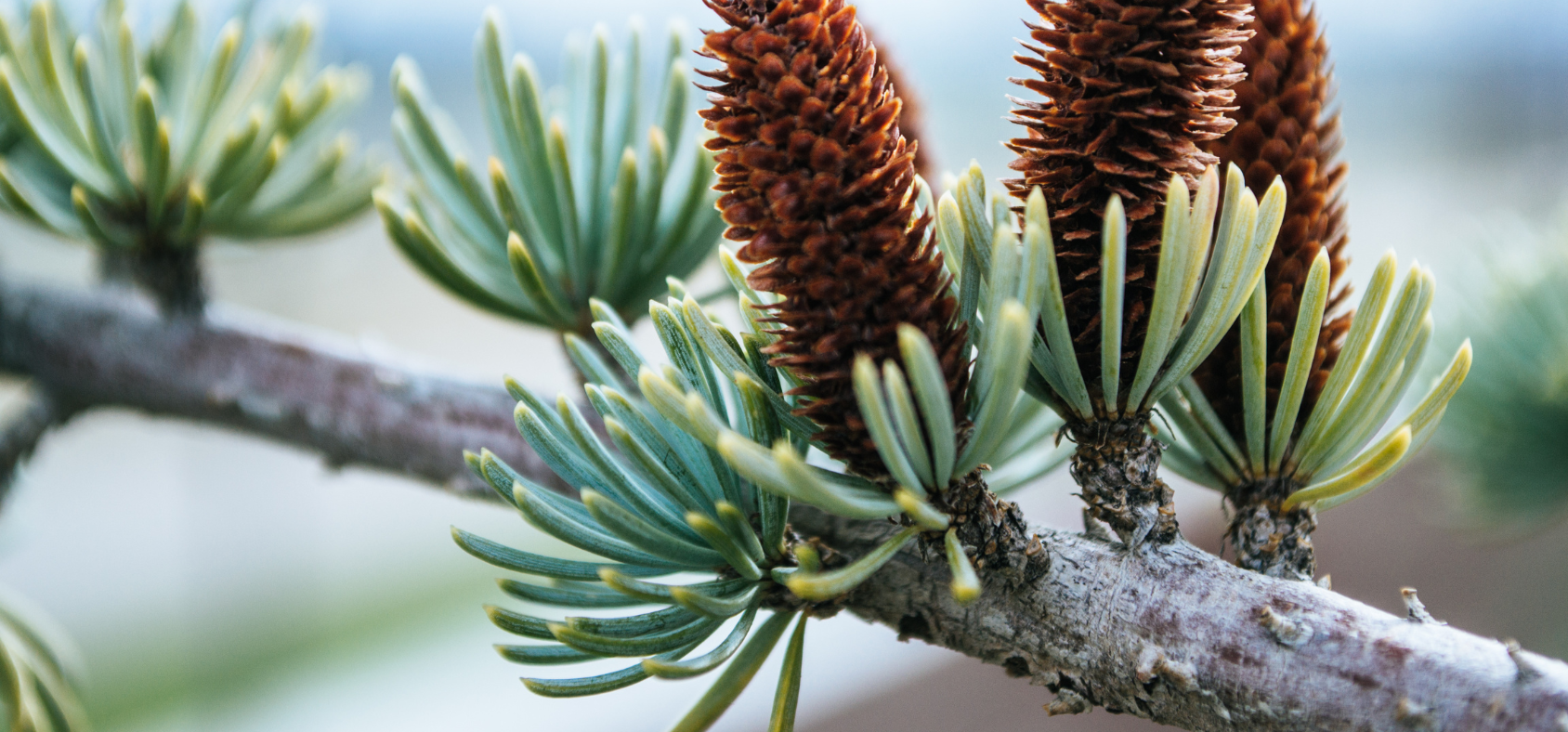
How to Acclimate Tissue Culture Plants
As a content and community manager, I leverage my expertise in plant biotechnology, passion for tissue culture, and writing skills to create compelling articles, simplifying intricate scientific concepts, and address your inquiries. As a dedicated science communicator, I strive to spark curiosity and foster a love for science in my audience.


Acclimatization: Understanding the Basics
Do you know a high percentage of crops can be lost or damaged in the acclimatization stage? The ultimate success of tissue cultured plants on a commercial scale depends on the ability to transfer these plants from a controlled, aseptic environment to land successfully while maintaining a low cost and high survival rate. When plants are grown in labs they are taken care of like babies. They are kept in a completely controlled environment. The media provides all the nutrients and minerals required for the healthy growth of plants. The light, humidity, and temperature is also set and regulated according to the need and plant’s nature.
But what happens when these babies have to go out in the natural world to grow! When the plantlets are transferred from the controlled, regulated, aseptic environment to natural conditions, they will wither without proper care. You can’t just directly transfer the platelets to the natural condition. This will kill them with multiple stress. The transfer of plantlets to natural conditions is a slow and stepwise process that ensures the high productivity of plants.
This article discusses the concept of acclimatization and how it should be done. This is a must-know element of tissue culture that you should certainly not miss. So, let’s begin!
What is acclimatization?
Acclimatization is the adaptation of organisms to a new environment. When tissue culture plants are transferred from the lab to soil they are exposed to abiotic stresses, like altered temperature, light intensity, and humidity conditions, and biotic stresses, like soil microflora (microbes living in soil). So, they need step-wise acclimatization to successfully establish themselves in the natural environment.
Why is it difficult for plants to acclimatize to the outside environment?
In labs, plants are cultured in a completely artificial environment. They are heterotrophic and require readymade nutrients. Later, they develop some organs and become mixotrphic. But, to survive in the natural environment, the plants need to be autotrophic. The in vitro plants have different anatomy and nutrient requirements that don’t support them to make their own food and be dependent on themselves. So, to convert plants from mixotroph to autotroph, you need to move plants gradually to make them adapt to the changes.
The artificial environment in tissue culture consists of constant temperature, high relative air humidity, high availability of nutrients, low light intensity, and a low carbon dioxide (CO2) concentration. These conditions make plants difficult to adapt in outside environment.
Given below is a list of features that are different in in-vitro plants from ex-vitro. These are the features that make it difficult for the plants to acclimatize to the outer world.
- In the multiplication and rooting stage, the high humidity leads to no or ill structure epicuticular wax, abnormal function of stomata, and some healthy secondary roots.
- The high humidity in combination with stagnant inside air and nutrition in the medium, cause suppression of water and nutrient uptake by the plantlets, in the multiplication and rooting stages. It also causes growth retardation, physiological disorders, and a variation in size and developmental stage of the plantlets to a certain extent.
- The low light intensity, low CO2 concentration, and high sugar in the media lead to low net photosynthetic rate, little or no leaf formation, and low growth rate of plants.
The above-mentioned feature leads to low growth and survival rate of tissue culture plants in the acclimatization stage.
Related: PCT Lab Equipment
How to acclimatize your plants?
The physiological and anatomical deficiencies in tissue cultured plants adversely affect the survival of plants. So, how can you acclimatize the plants? What factors you should consider while acclimatizing the plants?
First, it is necessary to transfer the plants from a cultured environment to a greenhouse providing the same environment, in which it was cultured in the lab. To transfer the plantlets in the greenhouse, wash them gently under running tap water to remove any sticking media. Then, transfer the plantlets to a potting mix, irrigated with inorganic nutrient solution. A variety of potting mixes are available today including pumice, peat, vermiculite, soil, sand, etc.
In the above-given video, the potting mix is prepared by mixing the Sphagmoss (Sphagnum Moss), vermiculite pearlite, and water. Then, the prepared mix is filled evenly in the cups of the tray. The cultured plantlets are divided into small clumps and cultured in the tray containing the potting mix.
The First Two Weeks
For 10-15 days, it’s essential to maintain the high humidity (in which they were cultured) for plants. You can do it by covering the plants with transparent plastic bags and make some small holes in them for air exchange and keep them in shade. The shade also protects plants from direct exposure to solar light, which can lead to ultimate water loss from plants. In the above-attached video, a tray with the regulator on its top is used to control the environment.
The first shock that the platlets will get is the change in media from organic nutrient to inorganic nutrient. But, this will activate the photosynthetic machinery of plants and prepare them to withstand low humidity. Today, computer-controlled rooms are also created that maintain high humidity for plants with enough light and CO2 for photosynthesis at the same time.
The other way to increase the survival and growth rate of plants at the acclimatization stage is by providing an environment to plantlets, at the multiplication and rooting stage, similar to the greenhouse environment.
References
- Kozai, T. (1991). Acclimatization of Micropropagated Plants. Biotechnology in Agriculture and Forestry, 127–141. doi:10.1007/978-3-642-76415-8_8
- Bhojwani, S. S., & Dhawan, V. (1989). Acclimatization of Tissue Culture-Raised Plants for Transplantation to the Field. Applications of Biotechnology in Forestry and Horticulture, 249–256. doi:10.1007/978-1-4684-1321-2_19
- Debergh, P. C. (1991). Acclimatization Techniques Of Plants From In Vitro. Acta Horticulturae, (289), 291–300. doi:10.17660/actahortic.1991.289.77
- Chandra, S., Bandopadhyay, R., Kumar, V., & Chandra, R. (2010). Acclimatization of tissue cultured plantlets: from laboratory to land. Biotechnology Letters, 32(9), 1199–1205. doi:10.1007/s10529-010-0290-0
Blog Categories
View by Level
Popular Blogs

Media pH: Why It Matters More Than You Think in Plant Tissue Culture
Introduction Plant tissue culture is a cornerstone technique in modern plant biotechnology, enabling the propagation of plants under sterile and...
Read More
Can We Grow Wood in a Lab? The Future of Tissue Culture in Forestry
Introduction Wood has long been a cornerstone of human civilization—used for shelter, tools, paper, energy, and countless everyday items. However,...
Read MoreSubscribe to Our Newsletter








Join the conversation
Your email address will not be published. Required fields are marked